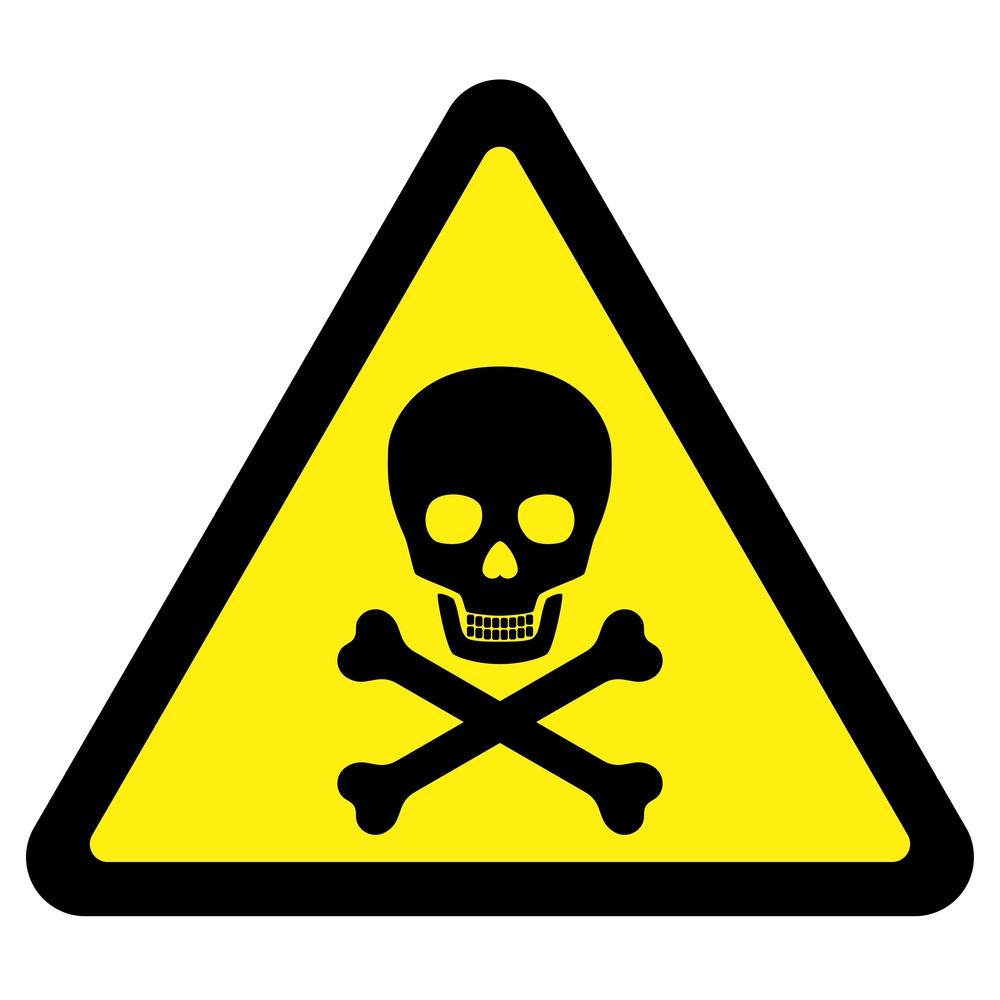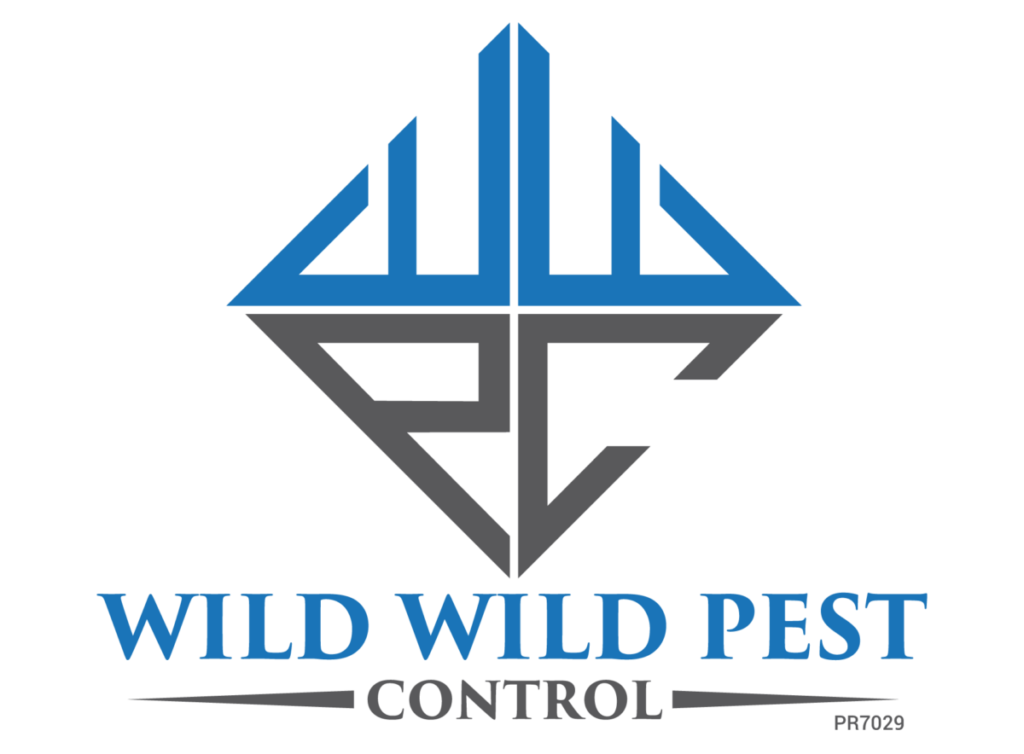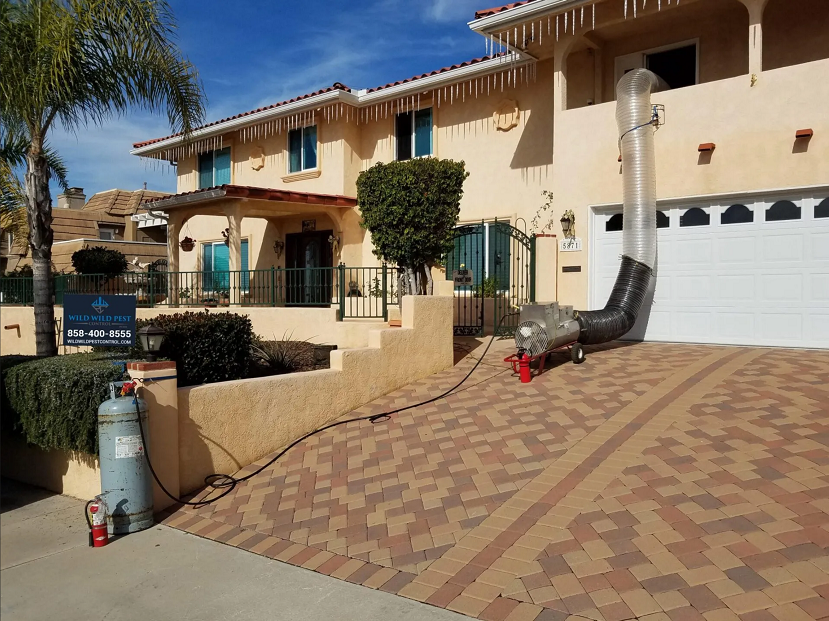What are The Different Methods of Pest Control
When it comes to managing pest infestations and and keeping damaging pest populations at bay, there are several different methods to consider. Insects carry diseases, which can be harmful to ourselves, our pets, and our food sources; however, where you live and what type of pests will determine the best control method to use.
Here are a few of the most common pest control methods:
Biological Pest Control
Biological control is a method of pest control that uses natural enemies/natural predators, or organisms to control pests. So, for example, if you have rodent pests and decided to adopt a cat as a means of managing your rodent problem, that would be a form of biological pest control.
But, biological control can be used against all types of pests, from the four-legged variety to plants and insects. Biological pest control is more environmentally friendly than other types of methods to kill pests because it only targets the specific pests and doesn’t affect non target species (e.g. our pets, beloved plants and family members) and doesn’t cause pollution.

Mechanical
Mechanical pest control uses devices and equipment in order to control pest problems. For example, thermal pest control uses heat to kill termites, bed bugs and other insects. During thermal heat treatment, the temperatures inside your home will gradually rise between 135 °F and 145 °F. In order to do this safely and effectively (without causing damage) this has to be done slowly — between 6 and 12 hours — depending on the size of the infestation.
The great advantage to doing heat treatments is this can often be completed in one day, meaning no moving out and no harmful chemicals. Another advantage to mechanical pest control methods is that portions of large structures can be treated separately — a great perk for apartments and condominiums.
Other types of physical pest control methods include:
- Floating row covers
- Mechanical (non-poisonous) traps (e.g. shingle traps, glue traps and pheromone traps )
- Ultrasonic pest repellant devices (or electronic pest control)
- Water pressure spray
- Insect vacuums
Poisoned Bait
If you’ve struggled with insect pests (or even mice and rodent pests) you’ve likely tried the poisoned bait method. For rats and mice especially, this works by leaving “bait stations” which include meat or other food that’s been laced with either rodenticide or insecticide. However, this method can be dangerous if pets, other small animals, or children eat what was intended to kill your troublesome pests.
There are safer biological poisons, such as bacterium Bacillus thuringiensis (often called BT), which are marketed to control insect infestations including:
- Caterpillars
- Gypsy moth larvae
- Mosquitoes, and
- Colorado potato beetles

Safeguards Against Property Damage
Burning
For serious, large-scale insect pest management, field burning has been a traditional method to kill insects or harmful pests after harvest time. Obviously, for homeowners, this isn’t a viable option, but it piggy backs off the “heat treatment” method. Usually, the entire field is burnt to make sure any remaining pests are killed before the next crop is planted. Crop rotation is another method which removes affected crops by replacing them with crops or plants which are less susceptible to certain kinds of pests.
Trap Cropping
A trap crop (or sometimes called a sacrificial crop) is essentially a crop that’s planted with the sole intention to attract insect populations and other pests away from other crops. While farmers use this method to minimize pest activity, this is something that can be done in your own garden! For example, sorghum and sunflowers are examples of trap crops, which research shows attract stink bugs and other damaging garden pests without harming beneficial insects.
Here area few other examples:
- Nettles. Can attract harmful aphids and beneficial insects like ladybugs.
- Chervil. Attracts slugs!
- Radish. Attracts flea beetle and root flies away from cabbages.
Pesticides
Unfortunately, chemical pesticides are commonly used because… well, they work! Anyone can use them and most hardware stores carry some form of pesticides. However, chemical pest control methods can be harmful to the environment, other animals (like pets), and children. The good news is, there are a variety of other ways to control a troublesome pest population.
So, if you’re experiencing pest problems, it might be time to call pest control services and have a professional review your options.
About Wild Wild Pest Control
When you work with Wild Wild Pest, you can always expect professional pest control. We believe that true professionalism in the pest control industry is not just about termite control, termite extermination or pest control in San Diego CA (although we do that very well.) We’re here to mitigate damage from all the filthiest insects and four-legged pests that cost Americans millions of dollars each year.
We have worked really hard since 2014 to build the very best in customer service. We treat your property in San Diego CA with the utmost care and respect. Your property needs to be safe, and our ongoing 5-star ratings proves we achieve this each and every day making us one of the most recommended pest control companies



